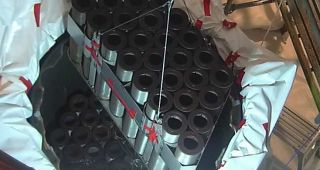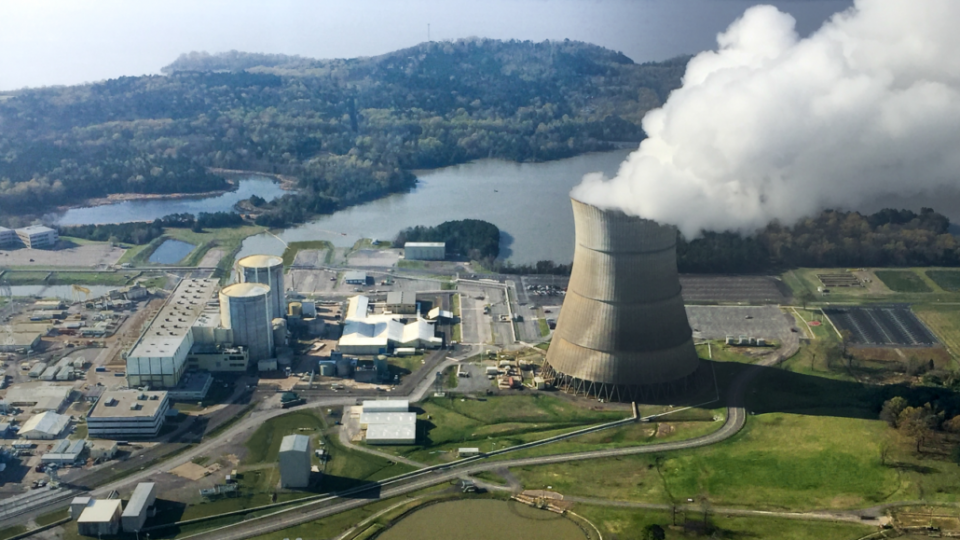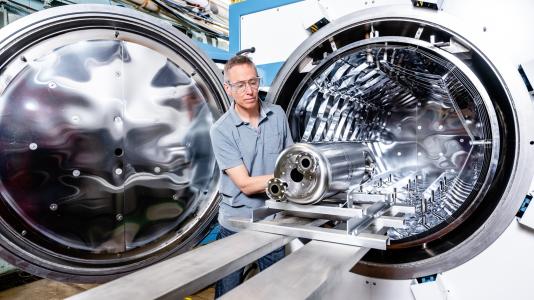Nukem completes test setup for in-drum waste solidification plant

Nukem Technologies, a German-based radioactive waste management company, announced last week that it has successfully completed a mock-up for a state-of-the-art waste solidification plant. The plant will use the in-drum cementation process for encapsulating various types of radioactive waste into a solid, secure form suitable for long-term storage.










